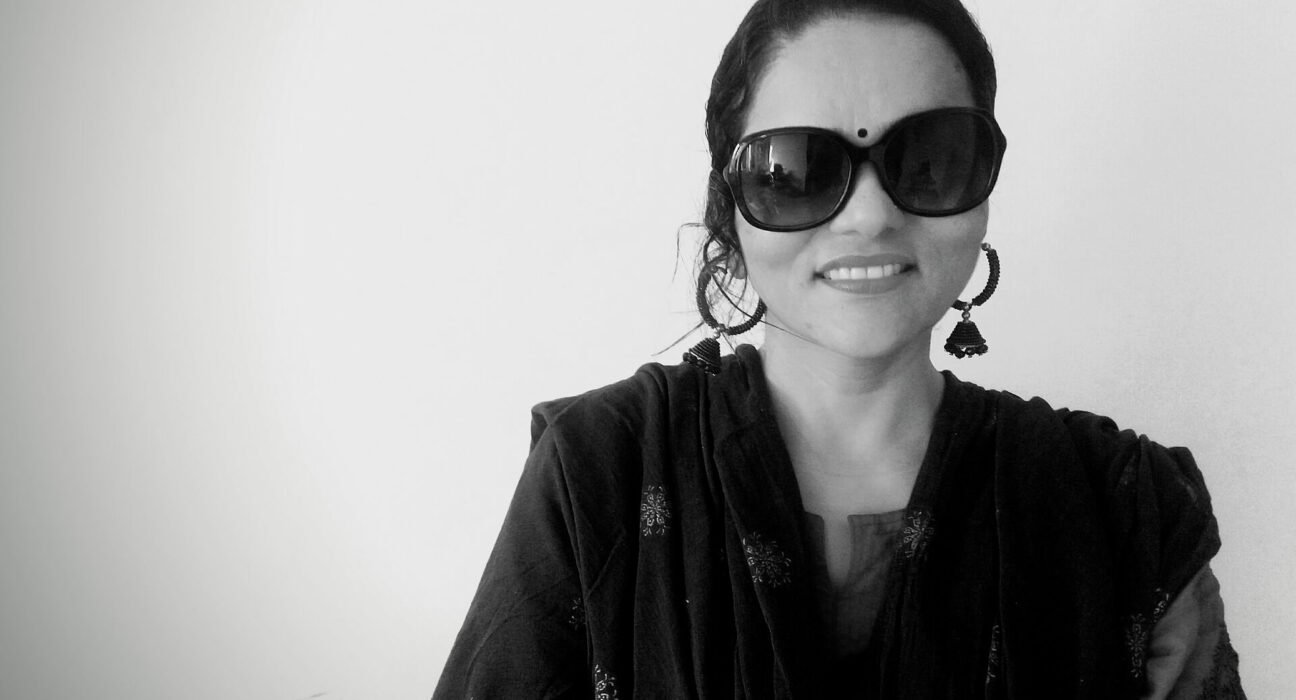Slay the Ethnic Game with Sharara Glam
The Sharara suit is a traditional Indian outfit that holds a significant place in the realm of ethnic fashion. Originating from the Mughal era, it has evolved over centuries to become an everlasting ensemble adored by women across India and beyond.
Historically, the Sharara suit was worn by Mughal royalty and aristocracy, reflecting affluence and elegance. Over time, it has transitioned into a staple in Indian bridal wear and festive occasions, exuding grace and sophistication. The intricate embroidery, lavish fabrics, and rich colours associated with Sharara suits make them an epitome of traditional craftsmanship and cultural heritage. The allure of the Sharara suit lies in its adaptability. It can be styled in various ways to suit different occasions and preferences. Whether adorned with intricate zari work for weddings or embellished with delicate thread embroidery for formal events, Sharara suits offer a perfect blend of tradition and contemporary fashion. The Sharara suit transcends regional boundaries, with each region adding its unique touch to the ensemble. From Lucknow’s chikankari work to Jaipur’s vibrant block prints, every variation of the Sharara suit reflects the diverse cultural tapestry of India. Sharara suit is witnessing a resurgence in popularity, not only in India but also on international runways. Celebrities and fashion enthusiasts alike have embraced this timeless attire, showcasing its timeless appeal on red carpets and fashion shows worldwide.
Beyond its aesthetic appeal, the Sharara suit symbolizes empowerment and cultural pride for many women. By donning this traditional attire, they celebrate their heritage and assert their identity in a globalized world.
Elegance Redefined, Comfort Guaranteed: The Salwar Suit Way
Suits for women hold a cherished place in the wardrobes of women across the Indian subcontinent and beyond. This traditional ensemble consists of three pieces: the kameez (tunic), salwar (baggy trousers), and dupatta (scarf). It is not merely a garment but a cultural emblem, reflecting the rich heritage and diversity of South Asian fashion.
One of the salient features of suits for women is their adaptability to various occasions and settings. Whether it’s a casual day out, a formal gathering, or a festive celebration, there’s a suit to suit every mood and moment. The diversity in fabrics, colours, and embellishments allows women to express their individual style while remaining rooted in tradition. The evolution of suits for women over the years has been remarkable. From the traditional Punjabi suits characterized by loose salwar and short kameez to contemporary designs featuring sleek silhouettes and innovative cuts, suits for women have undergone a transformation that resonates with modern sensibilities. Designers continually reinvent this classic attire, infusing it with new trends and influences to keep it relevant in today’s fashion landscape. Suits for women also serve as a symbol of cultural identity and pride for women. Across different regions of India and neighbouring countries like Pakistan and Bangladesh, variations of suits for women reflect local customs, traditions, and craftsmanship. Whether it’s the vibrant phulkari work of Punjab, the intricate mirror works of Gujarat, or the delicate chikankari of Lucknow, each style carries a unique story and heritage.
Suits for women offer comfort without compromising on elegance. The loose-fitting salwars allow for ease of movement, making them a practical choice for daily wear, especially in hot climates. The versatility of the dupatta allows for creative draping styles, adding an element of grace and flair to the ensemble.

